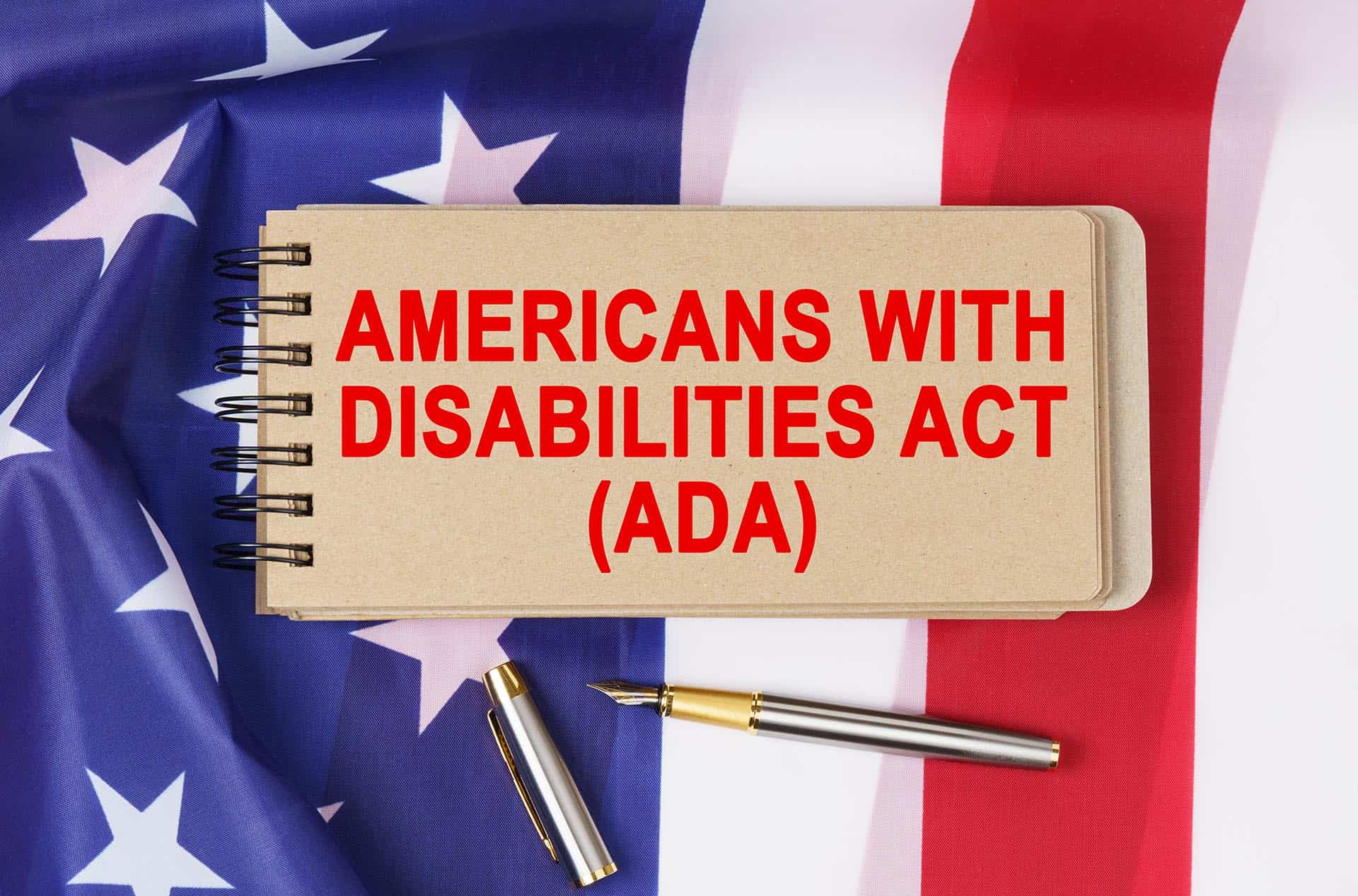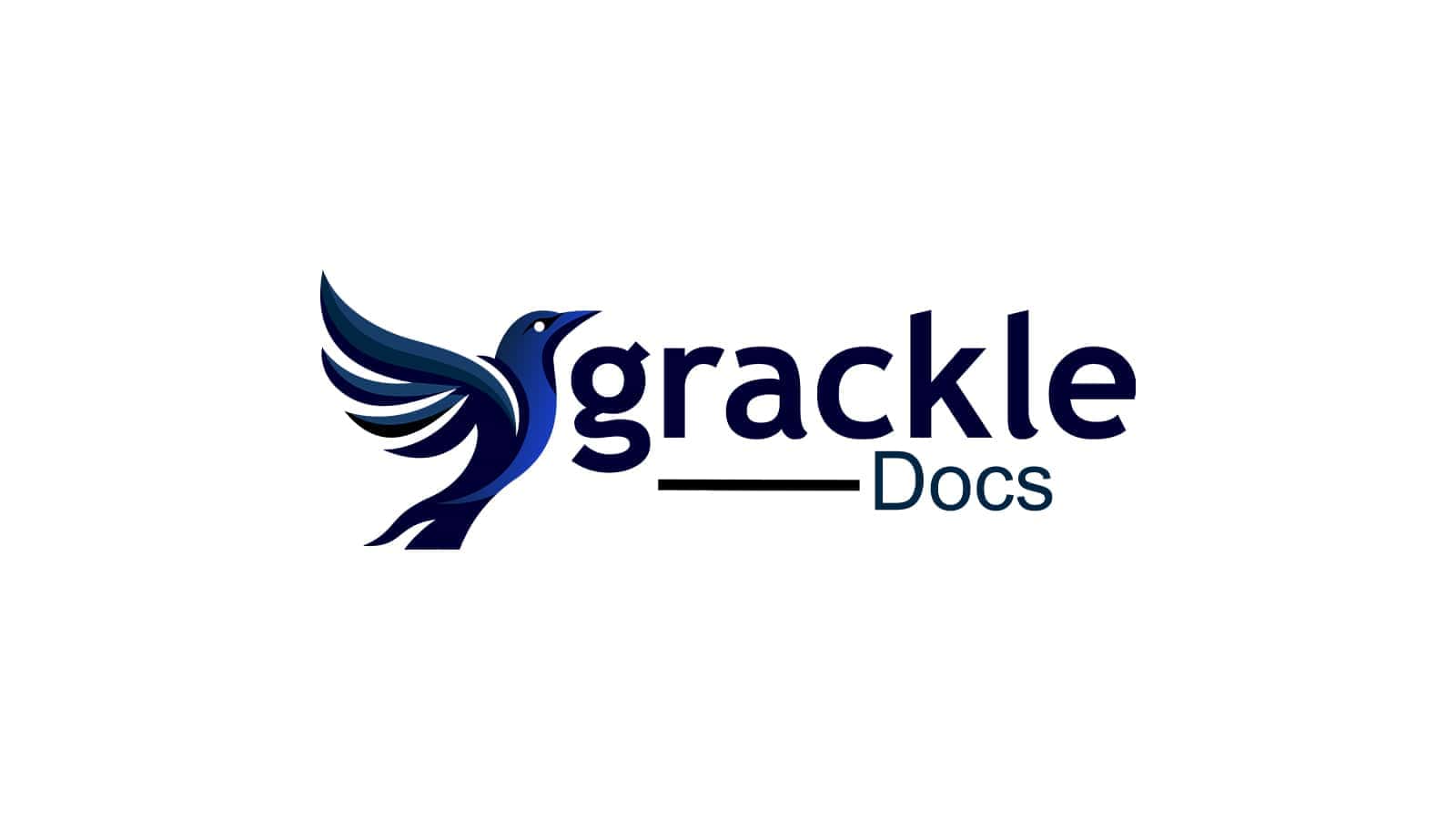Over 15% of the global population, or about 1 billion people worldwide, live with some form of disability, according to the World Health Organization. This staggering figure highlights the critical importance of digital accessibility in today’s interconnected world. Ensuring that websites, apps and digital platforms are accessible isn’t just a moral imperative – it’s a legal requirement.
Den Amerikansk lov om handicappede (ADA), introduced in 1990, was a groundbreaking law aimed at eliminating barriers for individuals with disabilities. While initially focused on physical spaces, its principles of equal access have evolved to address the growing importance of the digital realm. By applying these standards to websites, apps and other online platforms, the ADA continues to drive inclusivity, ensuring everyone can participate fully in the digital age.
Understanding the Americans with Disabilities Act
Den Amerikansk lov om handicappede (ADA) is a landmark civil rights law that prohibits discrimination against individuals with disabilities. Designed to promote equal access and opportunities, the ADA encompasses various areas of public life, including employment, transportation, public accommodations and telecommunications.
Initially focused on removing physical barriers in public spaces, such as requiring wheelchair ramps and accessible restrooms, the ADA has expanded its reach to include digital environments. As websites, apps, and other digital platforms have become essential for accessing goods, services, and information, the ADA’s principles of equality now extend to the digital realm. This ensures that individuals with disabilities have the same online opportunities as everyone else, fostering a more inclusive society.

ADA Titles Relevant to Digital Accessibility
Title II: Public Entities
This title applies to state and local government entities, requiring their services and programs to be fully accessible. This includes ensuring government websites, online portals and digital services meet accessibility standards, such as being compatible with assistive technologies.
Title III: Public Accommodations
Title III mandates that private businesses and non-profit organizations that provide goods or services to the public (e.g., retailers, hotels, banks) ensure their physical and digital spaces are accessible. While the ADA does not explicitly reference websites, courts have increasingly interpreted Title III to include digital accessibility, setting precedents for businesses to comply.
The interpretations of Title II and Title III have paved the way for applying the ADA to websites, apps, and online services. As digital accessibility becomes a cornerstone of equality, compliance with the ADA helps organizations meet legal requirements while embracing inclusivity.

ADA and Digital Accessibility
Although the Amerikansk lov om handicappede (ADA) was originally focused on physical accessibility, several court cases have expanded its interpretation to include the digital world. A landmark example is Robles v. Domino’s Pizza (2019), where the court ruled that Domino’s website and app needed to be accessible under Title III of the ADA. This case set a strong precedent, affirming that businesses providing goods and services online must ensure their digital platforms are inclusive.
In the absence of specific ADA guidelines for websites, the Retningslinjer for tilgængelighed af webindhold (WCAG) have become the de facto standard for compliance. WCAG offers comprehensive criteria for making digital content accessible, categorized into three levels: A, AA and AAA. Most organizations aim to meet WCAG 2.1 Level AA, which strikes a balance between accessibility and practicality.
Key Requirements for ADA Compliance
The ADA and WCAG emphasize the POUR principles of accessibility:
- Perceivable: Content must be visible or audible to all users, such as providing alt text for images and captions for videos.
- Operable: Interactive elements must be usable by keyboard alone, ensuring accessibility for those unable to use a mouse.
- Understandable: Content should be clear and consistent, with logical reading orders and accessible forms.
- Robust: Content must work with a variety of assistive technologies, ensuring compatibility across devices and tools.
Examples of Compliance Measures:
- Keyboard Navigability: Ensuring users can navigate a site without a mouse.
- Alternative Text: Adding descriptive alt text for all images.
- Captioning: Including captions for multimedia content to accommodate users with hearing impairments.
- Accessible Forms: Labeling fields clearly and setting a logical tab order for easy navigation.
These requirements not only ensure compliance but also improve usability for all users, fostering inclusivity and broadening audience reach.

Benefits of ADA Compliance
Legal Protection and Risk Mitigation
Complying with the ADA reduces the risk of lawsuits and fines that can arise from inaccessible digital platforms. In recent years, companies such as Domino’s Pizza and Netflix have faced legal action due to their failure to make websites and apps accessible. These lawsuits not only result in financial penalties but can also damage a company’s reputation. Ensuring ADA compliance helps businesses avoid legal disputes while demonstrating their commitment to inclusivity.
Forbedret brugeroplevelse
ADA compliance isn’t just about avoiding penalties – it’s about improving usability for everyone. Accessible websites often feature better navigation, clearer layouts, and enhanced readability, which benefit users with and without disabilities. Features like keyboard-friendly navigation, alt text for images and properly labeled forms create a smoother experience for all users, leading to increased engagement and satisfaction.
Business Growth and Brand Reputation
Expanding accessibility broadens your audience, allowing you to connect with millions of potential users who rely on accessible digital spaces. Demonstrating a commitment to inclusivity also strengthens your brand’s reputation as socially responsible and forward-thinking. Businesses that embrace accessibility can attract socially conscious customers, partners and employees, ultimately driving growth.
ADA compliance is not just a legal obligation – it’s a strategic advantage that fosters trust, enhances user experience and opens doors to a more diverse audience.

Challenges and Solutions in ADA Compliance
Many organizations face hurdles when striving for ADA compliance in digital accessibility:
- Lack of Awareness: Many businesses are unaware of their legal obligations or the benefits of accessibility, leading to unintentional non-compliance.
- Legacy Systems: Older websites and applications often lack the infrastructure to support modern accessibility standards, making updates complex and resource-intensive.
- Insufficient Resources or Expertise: Organizations may struggle to allocate budget or find skilled professionals who understand both technical and legal aspects of accessibility.
Overcoming these challenges requires a combination of tools, expertise and proactive strategies:
- Accessibility Tools: Use resources like GrackleDocs to identify and address issues in digital content. These tools streamline the process of checking and fixing compliance problems, making accessibility manageable even for non-experts.
- Partnering with Experts: Work with accessibility consultants or specialized agencies to guide your organization through audits, remediation and best practices. Their expertise ensures compliance is achieved efficiently and effectively.
- Team Training: Equip your team with the skills they need by offering Træning i digital tilgængelighed. Programs such as those provided by GrackleDocs help teams understand the principles of ADA compliance and implement them in daily workflows.
By combining tools, partnerships and training, businesses can overcome accessibility challenges, ensuring compliance while fostering inclusivity.

Steps to Ensure ADA Compliance in Digital Accessibility
Achieving ADA compliance requires a structured and proactive approach to make digital platforms accessible for all users. Follow these essential steps to ensure your website and apps meet the necessary standards:
Conduct an Accessibility Audit
Begin with a comprehensive audit of your digital assets to identify existing accessibility barriers. Use tools like GrackleDocs to scan for issues such as missing alt text, poor color contrast and improper tagging. These automated tools highlight problem areas and provide actionable insights for remediation.
Use WCAG as Your Guide
Leverage WCAG 2.1 and the upcoming WCAG 2.2 guidelines as a blueprint for compliance. Focus on achieving Level AA, which addresses critical accessibility needs while balancing practicality. Key considerations include:
- Keyboard navigation.
- Accessible forms and logical tab orders.
- Providing text alternatives for non-text content.
Test with Assistive Technologies
Ensure your website and apps are compatible with assistive tools like screen readers (NVDA, JAWS) and voice recognition software. Test the user experience by navigating pages without a mouse, listening to screen reader outputs and checking for usability on mobile devices.
Regularly Monitor and Update
Digital accessibility is an ongoing process. Regularly review your digital assets to maintain compliance as standards and technology evolve. Conduct periodic audits, address updates in WCAG guidelines and train your team to create accessible content from the start.
By implementing these steps, organizations can not only meet ADA requirements but also foster inclusivity and ensure a positive user experience for everyone.

The Future of ADA and Digital Accessibility
As digital accessibility gains prominence, innovative technologies are shaping the future of compliance. AI-driven remediation tools and automation are transforming how organizations approach accessibility, simplifying the process of identifying and fixing issues. Tools like GrackleDocs streamline remediation with real-time insights and guided workflows, making accessibility achievable for businesses of all sizes. AI advancements also enable features like automated captioning, text-to-speech functionality and predictive personalization for users with diverse needs.
With growing awareness of accessibility rights, stricter enforcement of regulations like the ADA, WCAG og Afsnit 508 is likely. Lawsuits and penalties are increasing globally, encouraging organizations to prioritize accessibility as a core business requirement rather than an afterthought.
To future-proof digital accessibility efforts, proactive measures are key. Regular audits, adopting the latest WCAG updates and investing in accessibility training are vital for staying compliant. By embracing accessibility as a continuous process, organizations can foster inclusivity, mitigate legal risks and set themselves apart as leaders in digital innovation. The future of accessibility is not just compliance – it’s about creating an equitable digital world for everyone.
Prioritizing Accessibility for a More Inclusive Future
Den Amerikansk lov om handicappede (ADA) has been instrumental in shaping digital accessibility, fostering inclusivity and protecting the rights of individuals with disabilities. By extending its principles to the digital realm, the ADA ensures that websites, apps and digital platforms are accessible to all, creating a more equitable online environment.
For organizations, ADA compliance isn’t just about avoiding legal risks – it’s a strategic advantage. Accessible platforms enhance user experience, improve brand reputation and open doors to a broader, more diverse audience. Prioritizing accessibility reflects a commitment to inclusion, innovation and responsibility.
Start your journey toward accessibility today. Conduct an audit of your digital assets or explore tools like GrackleDocs to streamline compliance efforts and make accessibility achievable. Together, we can create a digital landscape that works for everyone.


